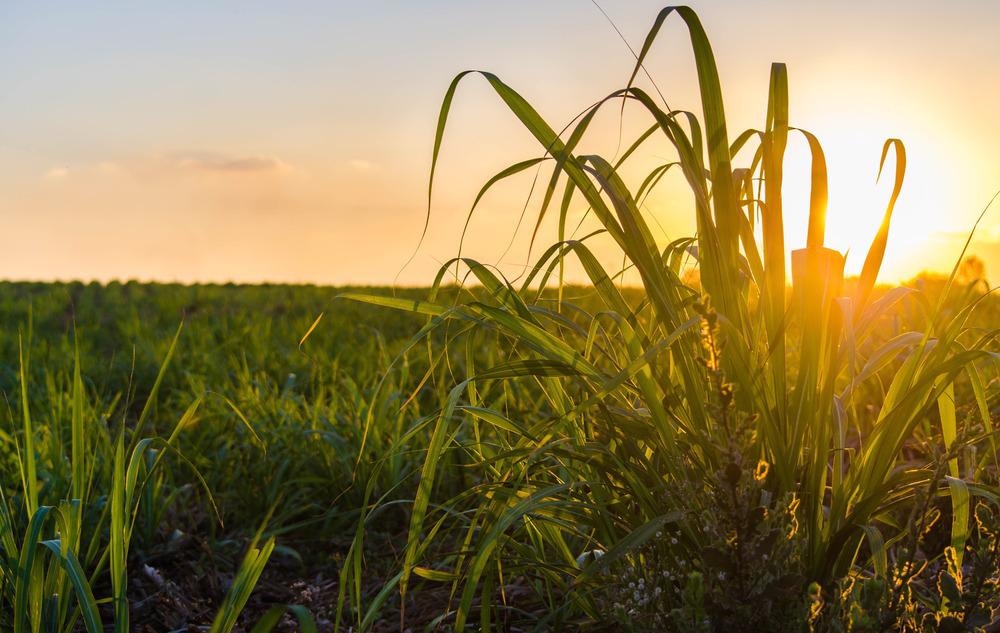
Image Credit: TB studio/Shutterstock.com
The development of sustainable packaging for pharmaceutical products has become increasingly important over recent years. As the need to reduce the use of plastic and lessen carbon footprints across industries increases, scientists have begun innovating alternative materials to minimize the use of plastic across the entire supply chain.
With the global pharmaceutical market continuing to show significant growth and with its value anticipated to have reached $1.3 trillion last year, the industry’s efforts to reduce plastic use will play a significant part in lessening the global plastic pollution and carbon emissions associated with plastic production. Below, we discuss the main materials that are being looked at as alternatives to replace plastic in pharmaceutical packaging.
Alternative Packaging Materials to Reduce Plastic Pollution
Around 360 million tons of plastic are produced annually, and up to half of this is destined for use in single-use items. With such volumes of plastic being discarded each year, plastic pollution remains a significant environmental issue, with as much as 10 million tons of plastic entering our oceans annually.
The urgency to tackle the plastic problem continues to intensify, as statistics show little signs of production slowing, with data revealing that almost half of all plastic has been produced since 2000.
Every industry worldwide is facing increasing pressures to adopt more sustainable processes to protect the planet and future generations. Reducing waste and switching to the use of sustainable materials are key strategies for reducing how much a company impacts the environment.
The pharmaceutical industry is making marked steps towards reducing its environmental impact. Recent years have seen the development of new, biodegradable packaging materials, and alternatives to plastics that are heavily used in pharmaceutical packaging. An array of eco-friendly materials such as recycled paper, plastic, and cardboard are being increasingly used. In addition, sustainable materials such as corn starch gelatin, sugar cane, pectin, and wheat bran are being incorporated into new, eco-friendly packaging materials.
The development of these new materials is time-consuming. Scientists must assess how a potential new material will impact the environment, directly and indirectly, as well as assess whether it will meet the stringent chemical and physical requirements to make it suitable for packaging pharmaceuticals.
These requirements are easier to meet for secondary and tertiary packaging, which does not come into direct contact with the product. However, developing primary packaging for the pharmaceutical industry can be a challenge, given the complex nature of its products and potential interactions pharmaceuticals have with packaging that comes into direct contact.
Here, we discuss the plastic alternatives that are currently being developed for pharmaceutical packaging.
Plastic Made from Sugar Cane
Several packaging manufacturers have developed, or are working on the development, of plastic made from sugar cane. The benefit of producing plastic in this way is that it is biodegradable, with initial studies estimating it to degrade within a decade. This is a major advantage over conventional plastic, which takes hundreds of years to break down, and even when it is considered to have degraded, the material remains in the form of tiny particles known as “microplastics” that pollute our oceans and food chain.
This new sugarcane-based plastic is ready to be adopted by the pharmaceutical industry. Natupharma is one company that has already successfully developed this type of fully biodegradable plastic packaging by combining a biodegradable plastic additive with sugarcane. The company’s product has demonstrated that sugarcane is a valuable source for producing packaging that is both CO2 neutral and recyclable.
Tests have shown that the sugarcane product is comparable to traditional petroleum plastic in terms of strength, meaning that the favorable properties of plastic do not have to be compromised when switching to eco-friendly materials.
The key to the biodegradability of the material is that microbes can easily enter and break it down by secreting acids that degrade the plastic. This allows the material to be broken down over the span of ten years, rather than hundreds of years.
Post-Consumer Grind
Another eco-friendly plastic known as post-consumer regrind (PCR) is a key eco-friendly alternative to the use of virgin PE materials.
Using PCR over brand new plastic saves the energy used to create new plastics and reduces waste.
Polylactic Acid
Polylactic acid, also known as PLA, is derived from sustainable products, such as corn starch, sugarcane, and cassava.
Plastic can be produced relatively simply from these products. For example, when using corn, the kernels are mixed with sulfur dioxide and hot water, breaking the corn down into its starch, protein, and fiber components.
While PLA is a promising material for sustainable pharmaceutical packaging, it currently faces some limitations, although ongoing research is underway to overcome these challenges.
References and Further Reading
Biodegradable plastic packaging developed for use in pharma. European Pharmaceutical Review. Available at: https://www.europeanpharmaceuticalreview.com/news/110198/biodegradable-plastic-packaging-developed-for-use-in-pharma/
Fast facts about plastic pollution. Laura Parker. National Geographic. https://www.nationalgeographic.com/news/2018/05/plastics-facts-infographics-ocean-pollution/
Patent pending ECO packaging. Natupharma. Available at: https://natupharma.co.uk/solutions/eco-packaging/
Singh, A., Sharma, P. and Malviya, R., 2011. Eco Friendly Pharmaceutical Packaging Material. World Applied Sciences Journal, 14(11), pp.1703-1716. https://citeseerx.ist.psu.edu/
Sustainable pharmaceutical packaging. Origin. Available at: https://www.originltd.com/packaging-design/sustainable-pharmaceutical-packaging/
Disclaimer: The views expressed here are those of the author expressed in their private capacity and do not necessarily represent the views of AZoM.com Limited T/A AZoNetwork the owner and operator of this website. This disclaimer forms part of the Terms and conditions of use of this website.